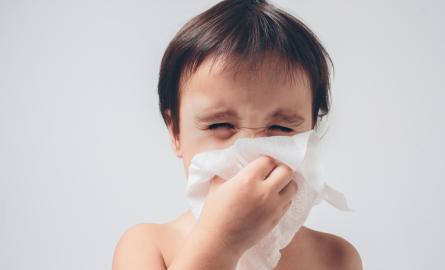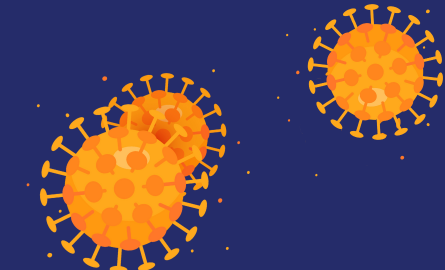Now booking flu shot appointments for December 30 and 31. Learn more.
The influenza virus or "flu" is a respiratory illness that spreads most frequently in the fall and winter. The flu spreads from person-to-person through coughing, sneezing or having face-to-face contact (e.g., talking). While anyone can get the flu, the very young, the elderly and people with certain medical conditions are at higher risk of complications. The best way to prevent getting sick with the flu is to get the seasonal flu vaccine every year.
There are three main types of the influenza virus: A, B, and C. Types A and B are usually the viruses detected during the flu season, which usually runs between November and March each year.
For more information, view local Influenza activity on our respiratory dashboard page.
More Information about the Flu/Influenza |
||||||||
Reporting |
||||||||
| Report to the Health Unit by next business day by phone at 705-474-1400 or toll free at 1-800-563-2808, ext. 5229 if Influenza is suspected or confirmed as per Ontario Regulation 135/18 and amendments under the Health Protection and Promotion Act, R.S.O., c.H.7. | ||||||||
Should one go to childcare, school, or work if they have the flu? |
||||||||
|
Ill individuals should remain home until they do not have a fever, do not develop any new symptoms, and symptoms have been improving for at least 24 hours (48 hours for nausea, vomiting, and/or diarrhea). Follow the direction of your healthcare provider, public health case manager, or occupational health at your workplace. |
||||||||
Healthcare Providers and Community Partner Information |
||||||||
|
Contact our Communicable Disease Control (CDC) program at 705-474-1400 or toll free at 1-800-563-2808, ext. 5229, or by email to cdc@healthunit.ca for more information.
Last updated: December 2025, by CDC





